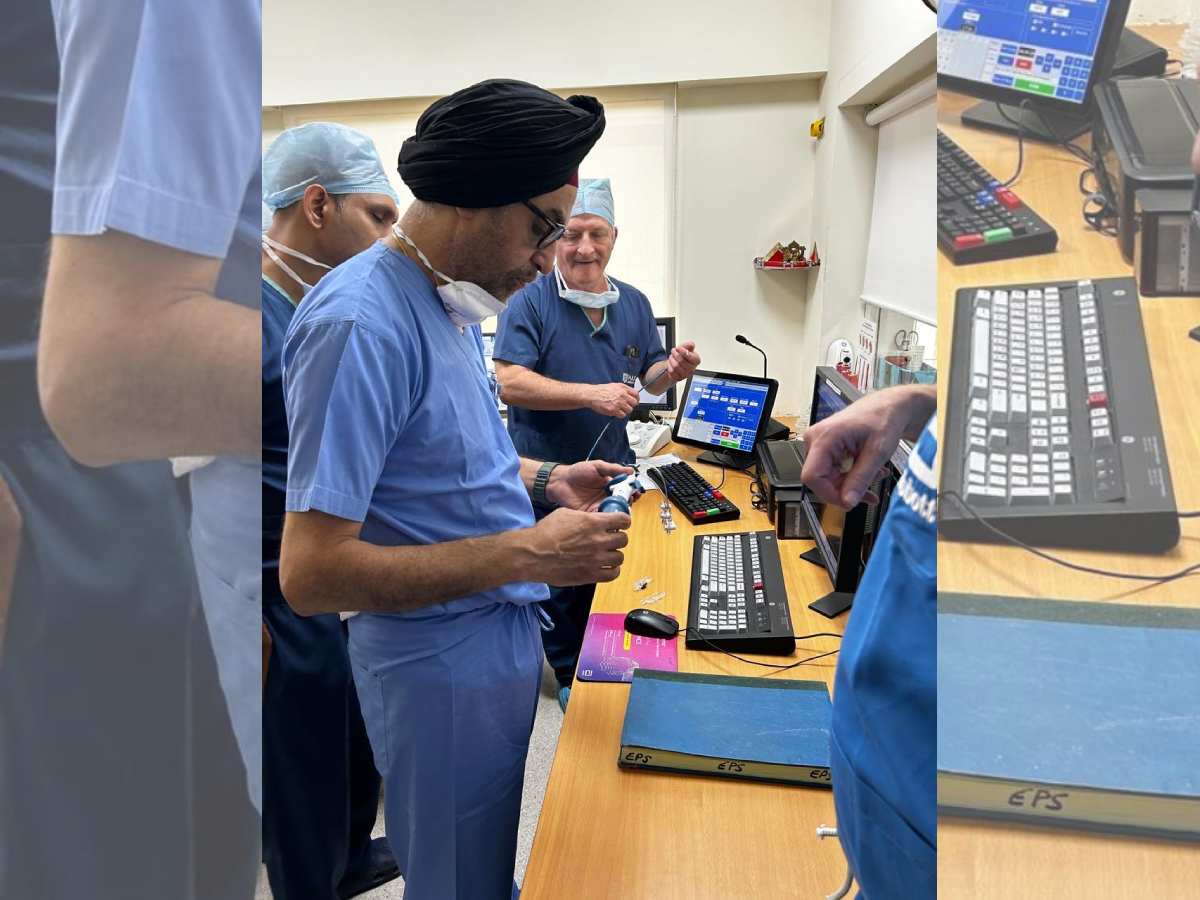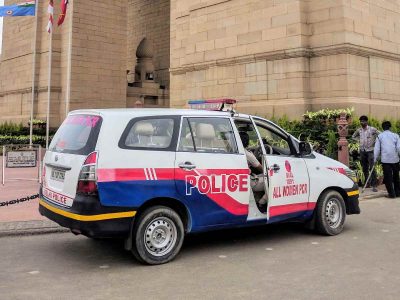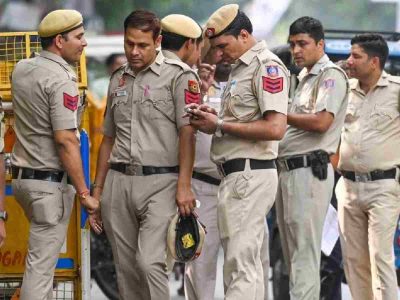Delhi: Doctors at Max Super Speciality Hospital, Saket, successfully saved the life of a 74-year-old woman who had been battling severe complications following an infection from a previously implanted pacemaker.
An official said that the patient was admitted in critical condition after her old pacemaker became infected, causing the infection to spread into her bloodstream. “The situation was life-threatening, necessitating the removal of the pacemaker and its leads,” he said.
He added that after stabilising the patient with antibiotics and a blood transfusion, the medical team, led by Dr Balbir Singh, Chairman of Cardiology, Max Super Speciality Hospital, Saket New Delhi opted for an innovative solution: the implantation of a leadless pacemaker.
Unlike traditional pacemakers, which require chest incisions and lead wires connected to the heart, this new technology is implanted through a minimally invasive catheter, without the need for stitches or cuts. The device, known as the AVEIR VR, is the first of its kind in India, an official said.
Dr Balbir Singh told Patriot that the procedure was a success, and the patient responded remarkably well. She was discharged just one day after the surgery and is recovering without any complications.
Also Read: Patient influx rises at Aam Aadmi Mohalla Clinics amid severe pollution crisis
The patient is now recovering well and looks forward to resuming her daily activities, Dr Singh said.
The AVEIR VR pacemaker, 90% smaller than traditional models, offers a more comfortable experience for patients. Its retractable design, a unique feature of this pacemaker, allows for safe removal if needed. With a battery life exceeding 17 years, it is expected to revolutionise treatment for patients with slow or irregular heart rhythms. Additionally, it can be upgraded in the future to accommodate dual-chamber pacing, further enhancing its capabilities.





